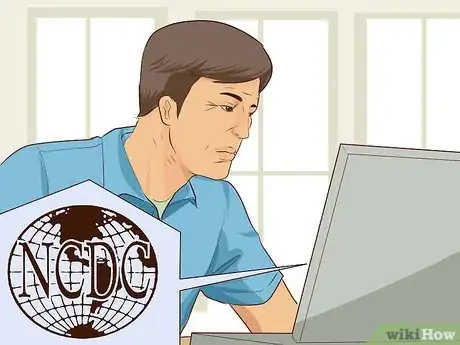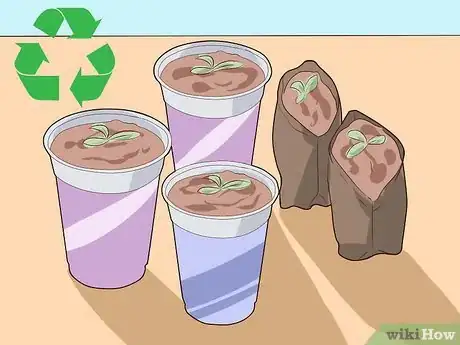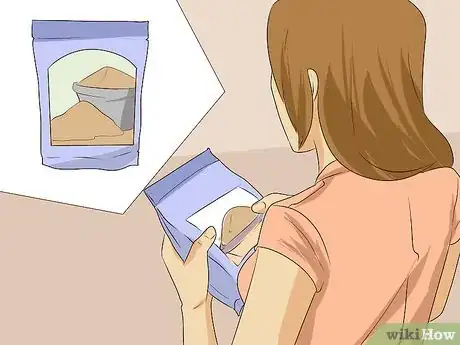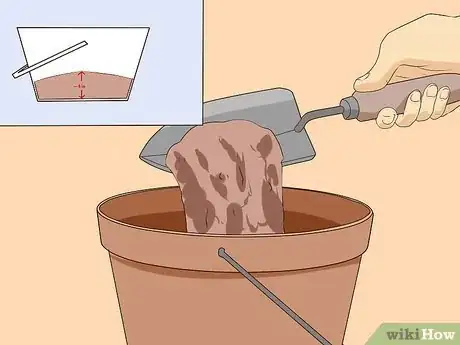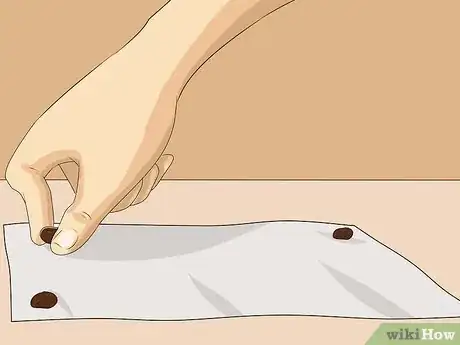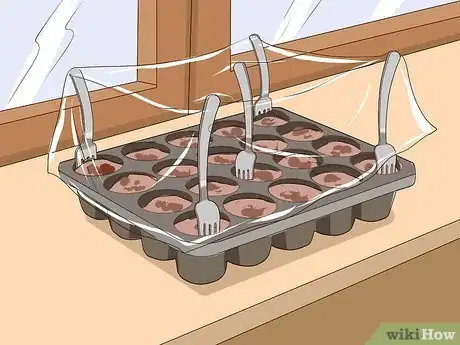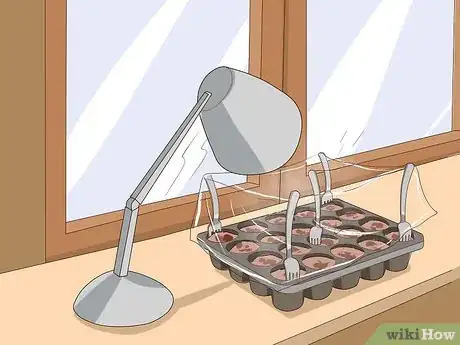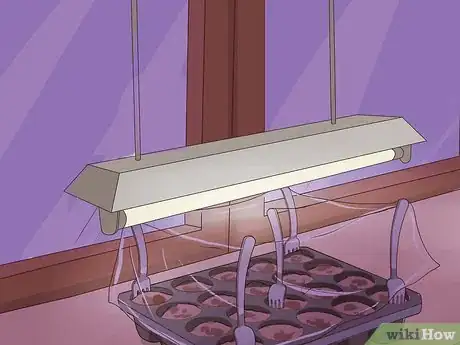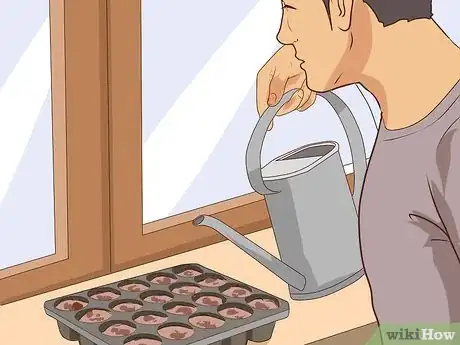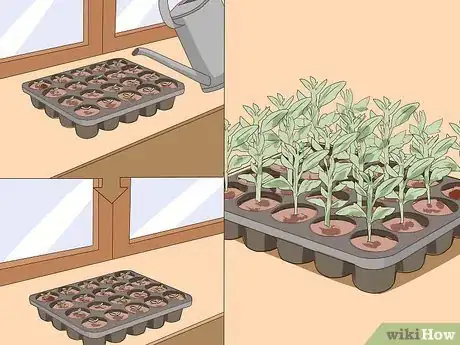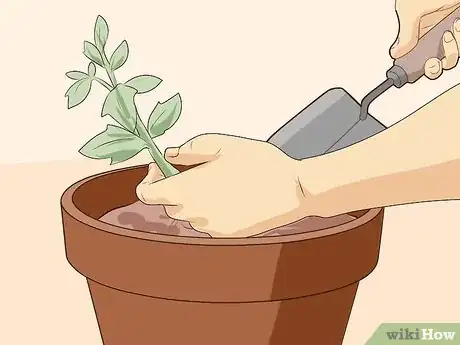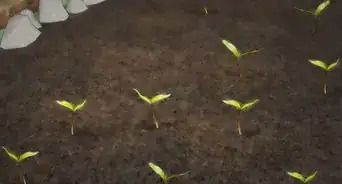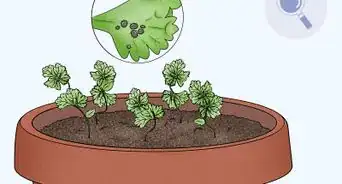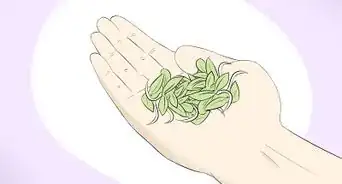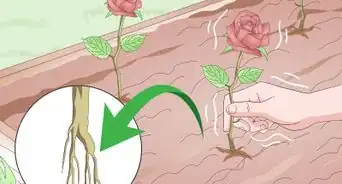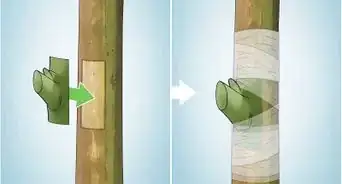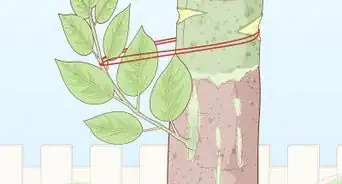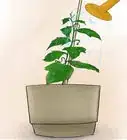This article was co-authored by Rachel Guffey. Rachel Guffey is a Plant Specialist and the Owner of Jungle House, a house plant shop based in Lawrence, Kansas. She specializes in plant education and caring for indoor plants. Rachel is passionate about using plants to help combat seasonal depression. She aims to make plants feel more accessible and approachable to everyone. Rachel has owned over 500 plants at one time.
This article has been viewed 28,491 times.
Seed starting is an excellent option for gardeners who want to save money and maximize their growing season. You can plant seeds inside and keep them near a window or in a green house. You can learn how to start seeds indoors, by following the instructions below.
Steps
Timing
-
1Research the approximate date of the last frost in your growing region.[1]
- Visit the National Climate Data Center website to find the frost data in your area.
-
2Plan to start most seeds 8 weeks before that frost date, with the expectation to plant them 2 weeks later.[2]Advertisement
-
3Buy your seeds. Read the packets carefully. Seed starting times and germination rates vary greatly.
-
4Create a seed starting agenda. Plan to plant seeds with similar growing schedules near each other.
- For example, corn and beans can be planted earlier than flowers. Squash do not take transplantation well, so they can be started later and planted before root systems begin to develop.
Containers and Soil
-
1Buy seed trays if you want to plant a lot of seeds at once. These small plastic trays hold a few inches of dirt. They are easy to care for, but dry out quickly.[3]
-
2Choose to recycle containers, such as milk cartons, yogurt containers and other small plastic items into pots. Cut holes in the bottom of each container for drainage.
-
3Buy seed starting mix. Seeds do not do very well in heavy soil or potting mix, so make sure your soil is specially chosen for this task.[4]
-
4Place your soil in a bucket. Moisten it with warm water. Fill each container with 3 to 4 inches (7.6 to 10.2 cm) of soil.[5]
-
5Place the seed tray or containers on a baking sheet. You will be able to use this to soak water into the soil from below.
Planting
-
1Place seeds in a warm, moist paper towel overnight. You can increase germination with a light soaking. Do not do this if it is not recommended by the seed packet.[6]
- Some needs might need to be put in a cool environment instead. If this is the case for your seeds, simply place them on a damp paper towel and stick them in your refrigerator.[7]
-
2Plant 2 to 3 seeds in each section or container. Not all your seeds will germinate, and you can remove plants later in case of crowding.[8]
-
3Place them in the soil. The depth will depend upon the plant, so read the seed packages.[9]
- Plants that are placed inside soil are usually planted at a depth of 3 times the diameter of the seed.
- Other plants need full sunlight immediately, and they should be placed on top of the soil.
-
4Label your containers immediately after planting. Keep seed packets nearby.
Warmth
-
1Place plastic forks on the edges of the seed tray and in the middle.
-
2Wrap plastic wrap over the top of the fork tips. You are creating a greenhouse environment.
-
3Choose a place in your house that is hit with sunlight every day.
-
4Place the seed tray near that window.
-
5Hook up artificial lights so that they are about 6 inches (15.2 cm) above the plants. You will need to move it up as they grow.
-
6Use the fluorescent light to supplement dark days. Keep them on for 12 to 16 hours a day.[10]
-
7Aim to keep your seeds at about 70 degrees Fahrenheit (21 degrees Celsius). To add warmth, place a wet/dry heating pad under the baking sheet and keep it at a low heat.[11]
Water
-
1Pour lukewarm water into the bottom of your baking sheet. The soil will suck up the moisture without displacing the seeds. Keep water in the baking sheet at all times.[12]
-
2Water from the top of the soil once seeds begin to germinate.
-
3Use a spray bottle or gentle watering can to water plants. Never allow the soil to get dry. Seeds need to remain moist at all times or they will not germinate.[13]
-
4Remove the plastic wrap when the seeds start to sprout.
-
5Continue to water and place in warmth and sunlight until they are ready to plant. You may need to pull up several starts, if they are crowding each other.
-
6Replant into larger pots if you plan to keep them inside for several weeks longer. Your starts can grow bigger and more hardy until they are ready to plant in the garden.[14]
Community Q&A
-
QuestionHow to stop the seedlings from going spindley?
 Wolfgirlwild111Community AnswerCut off the top of the seedling and it will hopefully develop more foliage and branches.
Wolfgirlwild111Community AnswerCut off the top of the seedling and it will hopefully develop more foliage and branches.
Things You'll Need
- Seed tray/containers
- Seed starting soil mix
- Seeds
- Water
- Cookie sheet
- Heating pad
- Sunlight
- Artificial lights
- Plastic wrap
- Forks
- Labels
- Spray bottle
- Larger pots
- Seed packet instructions
References
- ↑ https://www.ncdc.noaa.gov/news/when-expect-your-last-spring-freeze
- ↑ https://www.gardeners.com/how-to/how-to-start-seeds/5062.html
- ↑ https://extension.umn.edu/planting-and-growing-guides/starting-seeds-indoors#containers-1178962
- ↑ https://extension.umn.edu/planting-and-growing-guides/starting-seeds-indoors#containers-1178962
- ↑ https://extension.umn.edu/planting-and-growing-guides/starting-seeds-indoors#containers-1178962
- ↑ https://extension.umn.edu/planting-and-growing-guides/starting-seeds-indoors#containers-1178962
- ↑ Rachel Guffey. Plant Specialist. Expert Interview. 5 August 2021.
- ↑ https://www.almanac.com/content/starting-seeds-indoors
- ↑ https://www.almanac.com/content/starting-seeds-indoors
- ↑ https://extension.umn.edu/planting-and-growing-guides/starting-seeds-indoors#timing-1178964
- ↑ https://www.almanac.com/content/starting-seeds-indoors
- ↑ https://extension.umn.edu/planting-and-growing-guides/starting-seeds-indoors#timing-1178964
- ↑ https://extension.umn.edu/planting-and-growing-guides/starting-seeds-indoors#timing-1178964
- ↑ https://extension.umn.edu/planting-and-growing-guides/starting-seeds-indoors#timing-1178964
About This Article
To start seeds indoors, moisten seed starting soil mix in a large bucket and fill seeds trays or recycled cartons with 3-4 inches of the damp soil. Next, place the seed trays on baking sheets and nestle 2-3 seeds into the soil of each compartment according to the planting depth indicated on the seed packet. Then, wrap the trays in plastic wrap to trap heat and moisture inside, which creates a greenhouse effect. Finally, put the trays in a sunny windowsill and keep the soil moist. For tips on transplanting your seedlings outside, read on!
